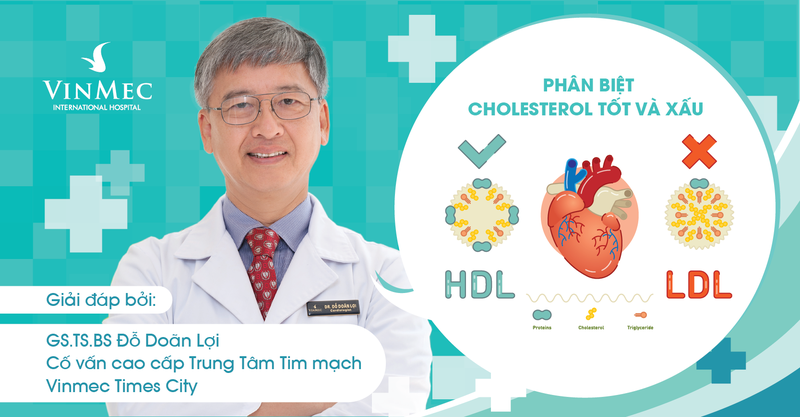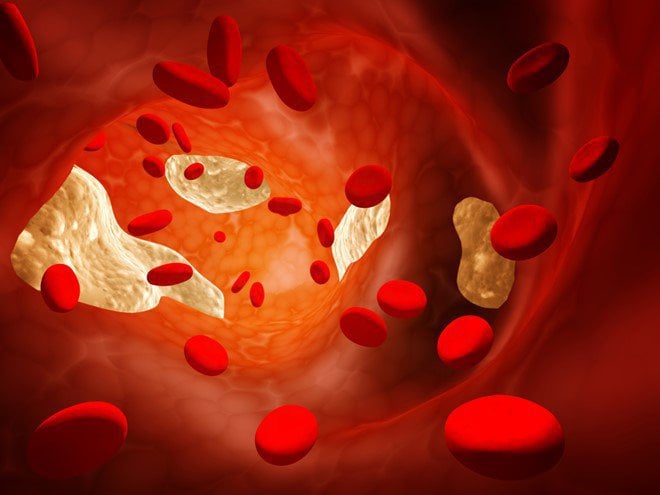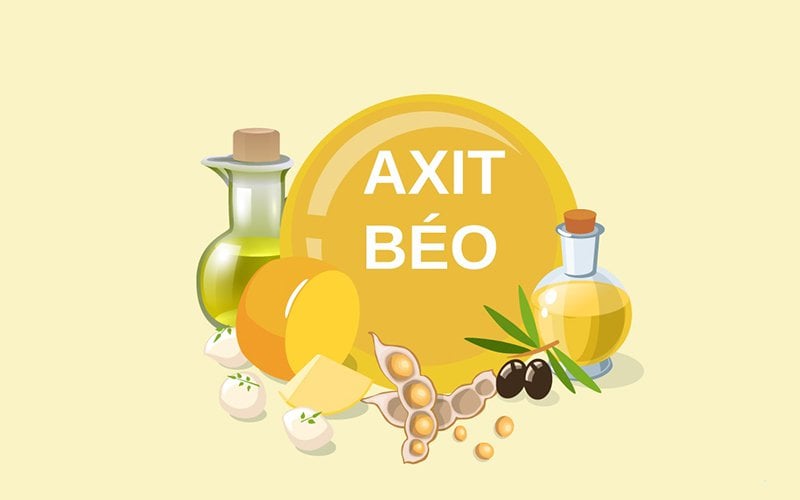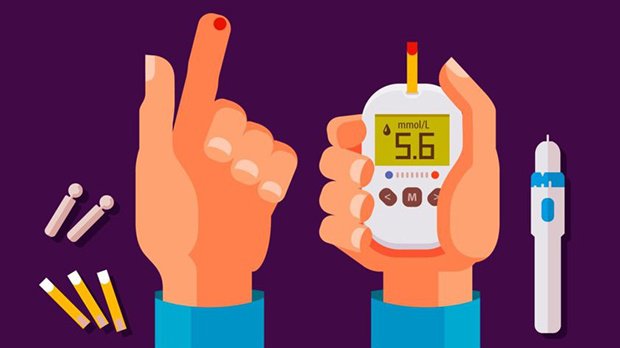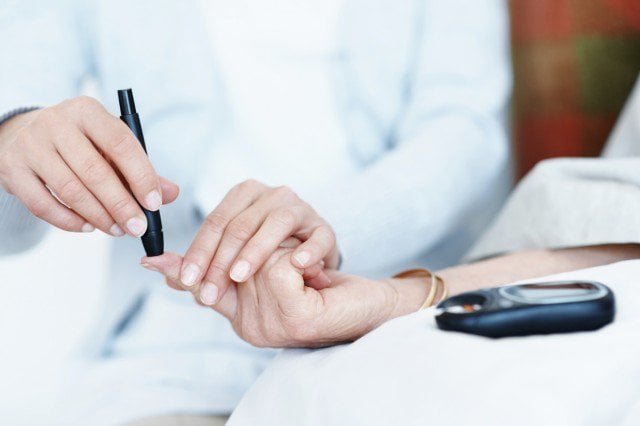What is the recommended amount of trans fat?
This is an automatically translated article.
Trans fat is found in many processed or prepackaged foods and is almost always listed on the packaging as a safe fat content of less than 1%. Therefore, you should pay attention and learn carefully before choosing and letting your family use them.
1. Trans fats
Trans fat is a type of trans fat, is a trans fatty acid or an artificial isomer, in short, this is a bad fatty acid. Trans fat is formed by hydrogenation of cooking oil, in order to help food be preserved longer, eye-catching and more attractive to consumers. This harmful fat is often found in processed foods such as cookies, chips, hot cakes, fried chicken, fried meat...
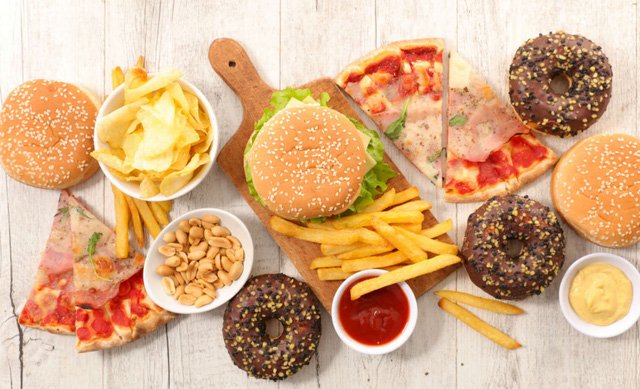
Chất béo trans fat thường có trong các loại thực phẩm chế biến sẵn như bánh cookies, khoai tây chiên, quẩy nóng, gà rán, thịt rán...
Trans fats exist in many natural foods, and also in industrial foods. From animal meat to cakes, cookies, pies. The trans fat content in meat is relatively low, but much higher in the pastry and snack industry.
2. Where is Trans fat?
Trans fats are naturally produced, the ideal place for them to form is in the intestines of certain herbivores. For this reason, small amounts of trans fats are also found in dairy products as well as in animal meat.
Not only that, but trans fats also form during the process of people processing foods, when hydrogen reacts with oils from plants, turning from liquid fat to solid.
Trans fats are found in many foods containing saturated fat such as: crackers, cookies, pies, cakes or pizza, snacks, fast food, margarine, shortening...
Nutritionists The community advises: do not tolerate artificial trans fats into the body, they cause an increase in bad cholesterol and reduce good cholesterol. People who consume a lot of trans fats in their diets have a higher risk of heart attack, diabetes, and stroke.
US FDA statistics show that, when removing hydrogenated cooking oil from ready-to-eat foods, thousands of heart attacks and deaths every year can be reduced.
3. How to know where there is dangerous trans fat content?
Unfortunately, it's difficult to tell if a ready-to-eat food contains trans fat, even if you look at the processed ingredient information on the label. Usually, instant foods such as snacks, chips, popcorn, hot dogs, cold foods, instant noodles, cookies... contain trans fat. There are some foods that say 0 grams of trans fat, or "zero trans", "trans fat free", "no trans fat"... but in reality there may still be a small amount of trans fat in them.
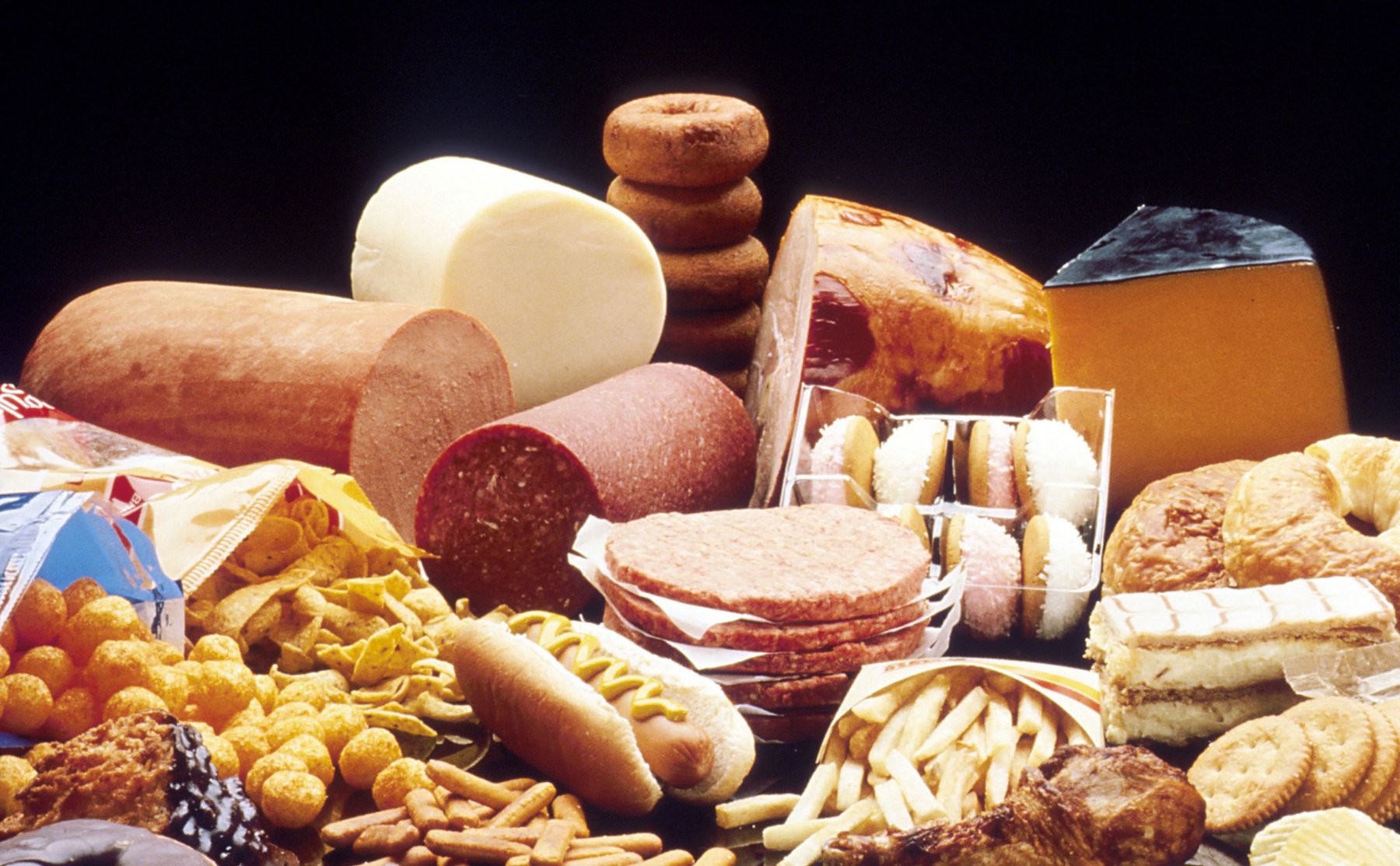
Thường những thực phẩm ăn liền như: snack, khoai tây chiên, bỏng ngô, xúc xích, đồ nguội, mì ăn liền, bánh quy... có chứa trans fat ở trong
For example, the US Food and Drug Administration (FDA) stipulates that if there is less than 0.5 grams of trans fat per serving, it is allowed to be marked as 0 grams of trans fat, but FDA does not specify each serving. is how much.
In Vietnam, there are no specific regulations or laws that require manufacturers to specify the amount of trans fat on product packaging. As mentioned above, natural foods can be considered as trans fat-free, so the way to absolutely limit trans fat is to not use instant foods. Only use foods and foods of natural origin and then prepare them yourself.
In fact, we still know trans fat is found in many processed foods such as instant noodles, confectionery, french fries, fried chicken... Therefore, it is necessary for young children to limit their intake of these foods.
4. How much trans fat is safe?
In fact, trans fats are the most dangerous of all the harmful fats. When entering the body, trans fat causes blood clotting, then forms a platelet-linked plaque in the form of fat, and adheres to the blood vessel wall, gradually sealing it, making it impossible for blood to circulate. blocked blood vessels, increasing the risk of stroke.
So, when trans fat enters the human body, it takes the place of the fatty acids the body needs. In addition, they also increase bad cholesterol, a higher risk of cardiovascular diseases. Not only that, trans fats cause inhibition of metabolic enzymes, formation of blood clots and an increased risk of stroke.
The World Health Organization WHO advises everyone that trans fat should be consumed no more than 1% of the calorie intake per daily serving, of which 1 gram of this substance should be consumed. Fat tolerance will produce 10 calories.
In Vietnam today, many people are afraid of fats and fats derived from animals. Most people believe that fats and fats of animal origin are not good for health, increasing the risk of diseases such as heart attack, stroke, obesity, blood fat... There are many people who only eat whites and do not dare to eat egg yolks, do not eat animal organs, only eat lean meat, do not use fat for frying...
Although trans fats cause many harms to the body, but We can still eat within safe limits, and we should not completely remove trans fat from our diet, because it easily causes an imbalance of natural nutrients for the body.
In daily nutrition, fried foods should not be used over and over again, canned foods, fast foods, processed foods... Different from saturated fat or saturated fat trans, unsaturated fats are good for the heart and give you a feeling of fullness, limiting snacking, which is beneficial for weight loss. The beneficial fats are often found in nuts, olives, chia seeds, walnuts, flaxseeds, chia seeds or in fish like salmon, sardines...
Experts recommend that, Each person should maintain in the diet the trans fat content below 1% is safe and ensures the most natural source of nutrients.
Please dial HOTLINE for more information or register for an appointment HERE. Download MyVinmec app to make appointments faster and to manage your bookings easily.
This article is written for readers from Sài Gòn, Hà Nội, Hồ Chí Minh, Phú Quốc, Nha Trang, Hạ Long, Hải Phòng, Đà Nẵng.

